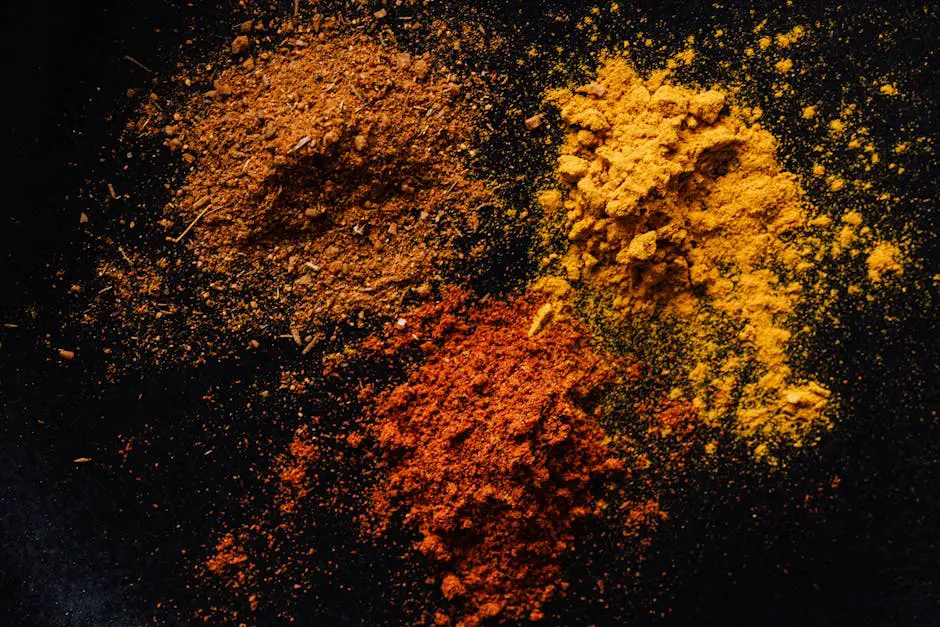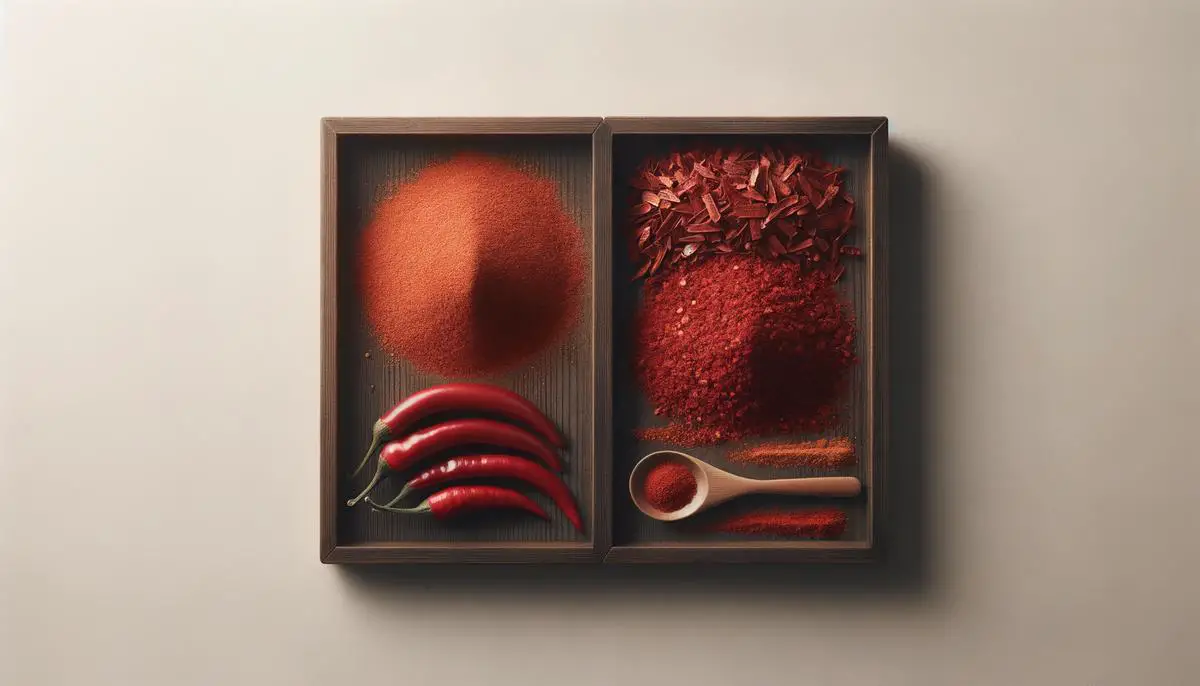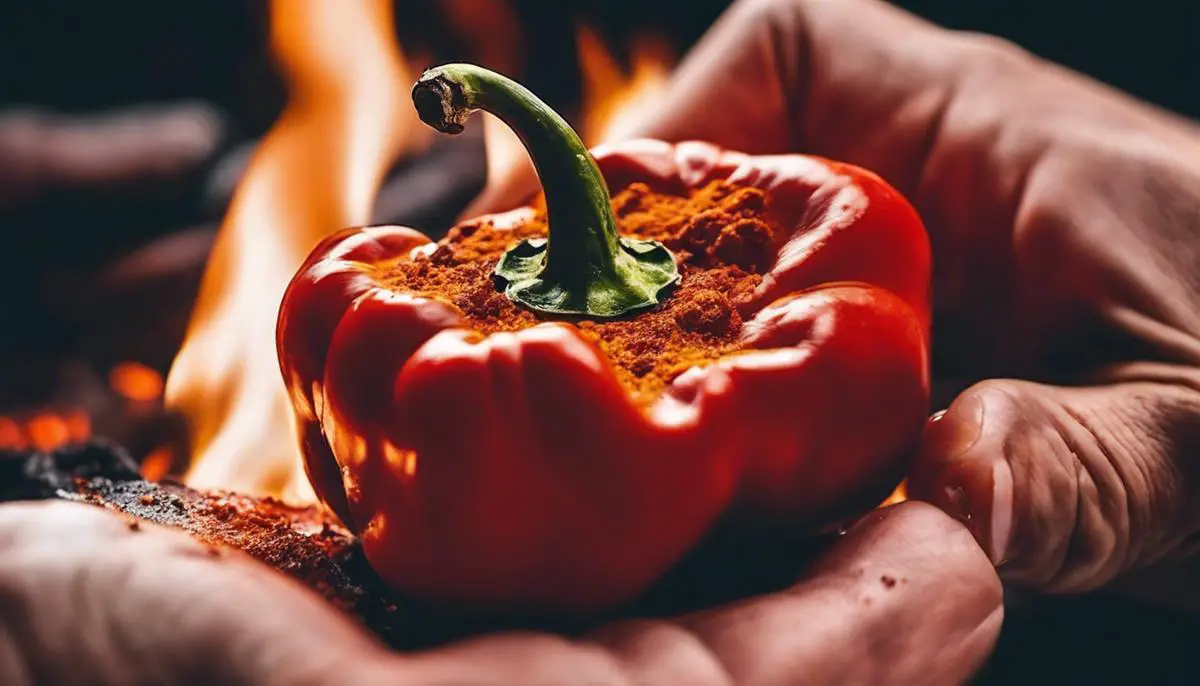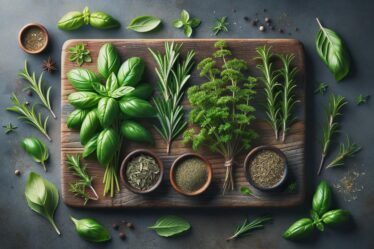
Understanding Gochugaru
What Sets Gochugaru Apart in the World of Spices?
In the vibrant tapestry of global cuisines, Korean cooking stands out for its bold, complex flavors, with gochugaru being a cornerstone spice that contributes significantly to its distinctive taste profile. Understanding what sets gochugaru (Korean chili powder or flakes) apart requires delving into its unique characteristics, production methods, and culinary applications.
Gochugaru's Distinctiveness:
Gochugaru differs from other chili powders and flakes in its flavor and texture. It balances spicy, sweet, and smoky notes, setting it apart from singularly hot or piquant chilies like cayenne. This multifaceted flavor comes from the specific type of sun-dried red peppers used in its production, most often without seeds to moderate the heat level. The peppers' sun-drying process contributes to gochugaru's slight smokiness and rich, vibrant red hue that adds taste and visual appeal to dishes.
Gochugaru varies in coarseness from fine powders to rustic, flaky versions. Each has its place in Korean cooking, with the finer powder often reserved for smooth pastes or subtle seasoning in broths, while the coarser flakes bring texture and a vivid aesthetic to foods like kimchi and sprinkled toppings.
Why Gochugaru Is Essential:
Gochugaru plays an indispensable role in Korean cuisine. It lacks ready substitutes due to its unique taste profile. From staple Korean dishes such as kimchi, gochujang (chili paste), and ubiquitous spicy stews and soups, to contemporary fusion creations that marry Korean flavors with others globally, gochugaru's versatility shines. Its mild-to-moderate heat level allows it to complement rather than overwhelm dishes, inviting even those with lower spice tolerances to enjoy Korean flavors.
Making and Storing Gochugaru:
Many Korean households prefer making their own gochugaru. They carefully select dried red chilies, which are then cleaned and ground to the desired coarseness. This homemade approach underlines gochugaru's integral presence in Korean food traditions. Proper storage is vital; keeping it in an airtight container in a cool space or refrigerated extends its life and maintains the quality of flavor and coloration.
Expanding Your Spice Cabinet:
Given its pivotal role, acquiring authentic gochugaru is worth the effort for anyone keen on exploring or deepening their journey into Korean cuisine. Though sun-dried, traditional varieties marked "taekyung" or "taeyangcho" are most sought after for their authenticity and flavor integrity, several quality grades are accessible online or from Asian markets, catering to different personal preferences and dish requirements.
Gochugaru's unique balance of flavors, textural versatility, and cultural significance establish its distinct place in the world of spices. It goes beyond being just another ingredient; it's a celebration of Korean culinary heritage and an invitation to explore more nuanced flavor palettes in cooking. Whether you're an experienced chef or a curious food enthusiast, integrating gochugaru into your seasoning repertoire promises an enriching, flavorful adventure.

Making Gochugaru at Home
Replicating the authentic flavors of Gochugaru in your urban kitchen might seem challenging, but with some tips and tricks, it's possible.
Capturing that unique blend of mild heat, subtle sweetness, and smoky undertones without the original sun-dried Korean chili flakes requires creativity and resourcefulness. Let's explore how to achieve that specific taste profile that makes Korean dishes shine.
Embrace the blend.
Given Gochugaru's distinct taste—neither overpowering in heat nor lacking in flavor—the key is mixing. Consider combining mild paprika for its sweet notes with a smaller amount of cayenne pepper to introduce that necessary heat punch. This mixture can approximate Gochugaru's warmth and sweetness balance.
Look for specific substitutes.
If your pantry doesn't boast a wide variety, hunt down a spice called Aleppo pepper. Known for its fruity dimensions layered with mild heat, Aleppo pepper makes a commendable stand-in for Gochugaru. The texture and flavor profile align closely, though it's still more of a cousin than a twin.
Make adjustments on the fly—essential in kitchen experimentation.
Begin with conservative amounts of your Gochugaru substitute, adjusting as you go. The goal is to balance heat and sweetness without tipping over, keeping the dish unmistakably Korean in taste. That balance is the soul of Gochugaru, so let your taste buds guide the final proportions.
Consider smoking your paprika lightly if you're using the paprika-cayenne blend. A tiny pinch of smoked paprika or a quick char over an open flame may bring in that whisper of smokiness Gochugaru carries, giving your dishes a rounded, authentic flavor.
Approach this with an open heart for exploration. The beauty of delving into Korean cuisine lies in its ability to teach about flavor, texture, and balance. Using substitutes for Gochugaru is more than just a culinary workaround; it's a journey through the essential taste principles of one of the world's most beloved cuisines.
Adjust any recipe slightly when using substitutes, dialing back salty or other spicy components to let your stand-in shine without overshadowing the harmony of flavors in your dish. While the ideal scenario involves using true Gochugaru to fully honor the tradition and fabric of Korean cooking, these tips ensure you can still create something deliciously close and respectful of its essence in your home kitchen.
Crafting dishes with these principles might not teleport you to the streets of Seoul, but it'll make your kitchen smell inviting, leaving your palate dancing with the complexity and richness that Korean cuisine holds at its core. Here's to your success in replicating the authentic Gochugaru experience at home.

Storing and Substituting Gochugaru
Extending the Life of Gochugaru: Secrets Unveiled
Making your gochugaru last longer is straightforward. If you've gone to the effort of finding quality gochugaru or even making it yourself, you'll want to keep it as fresh and flavorful as possible. The key is smart storage.
One tip culinary enthusiasts swear by is vacuum-sealing. By removing air, the main culprit behind oxidation and flavor loss, your gochugaru can maintain its vibrant color and taste for significantly longer periods. If vacuum-sealing equipment isn't at your disposal, squeezing as much air out of the original packaging, resealing it tightly, and tucking it away in the cool, dark confines of your refrigerator or freezer can do wonders. Moisture is an enemy as formidable as air, so ensuring your gochugaru is in an air-tight container is crucial whether you store it in the pantry, fridge, or freezer.
Adapting Without Gochugaru: Creative Culinary Solutions
When you find yourself without any gochugaru at hand, don't fret. While the unique taste of gochugaru can be hard to replicate perfectly, there are tricks to get close to its singular character.
- Combining mild chili powder with a dash of smoked paprika could lend both the mild heat and the smoky undertones characteristic of gochugaru.
- For moments when additional heat is needed, a light sprinkle of cayenne pepper might do the trick without overwhelming the dish. This blend captures the essence and vibrant color while tailoring the heat level to suit your preference.
If spice and smoke are foundational, try toasting the alternative chili powders lightly. This technique can unlock additional flavors you wouldn't ordinarily experience straight from the jar. Heat a dry pan over low heat, add your makeshift gochugaru mix for a minute or so — until the fragrance starts lifting — and use it immediately for full impact.
Should these alternatives fall short or if your dish demands the authentic touch, clever sourcing might come into play. Look toward online specialty stores or well-stocked international sections in supermarkets. Often, you might stumble upon a hidden gem that's as close to the real deal as you can get without boarding a plane to Korea.
Each dish tells a story, painting with flavors what words often cannot convey. Whether with gochugaru splayed proudly across your canvas or an inspired substitute dancing in its stead, the culinary adventure continues rolling its vivid hues onto plates worldwide. Embrace this journey with both a discerning palette and a spirit of enthusiasm, allowing each meal to be a destination in its own right.

Gochugaru embodies more than just a spice; it represents a bridge between tradition and innovation in Korean cuisine. Its ability to impart a distinct combination of heat, sweetness, and smokiness elevates it from being merely an ingredient to becoming an essential element in capturing the essence of Korean flavors. The journey through understanding and utilizing gochugaru is not just about adding spice to food but about embracing an integral part of culinary culture.
- Park KY. Increased health functionality and fermentation of kimchi by addition of minor ingredients. Journal of Ethnic Foods. 2018;5(4):246-250.
- Jang DJ, Chung KR, Yang HJ, Kim KS, Kwon DY. Discussion on the origin of kimchi, representative of Korean unique fermented vegetables. Journal of Ethnic Foods. 2015;2(3):126-136.



